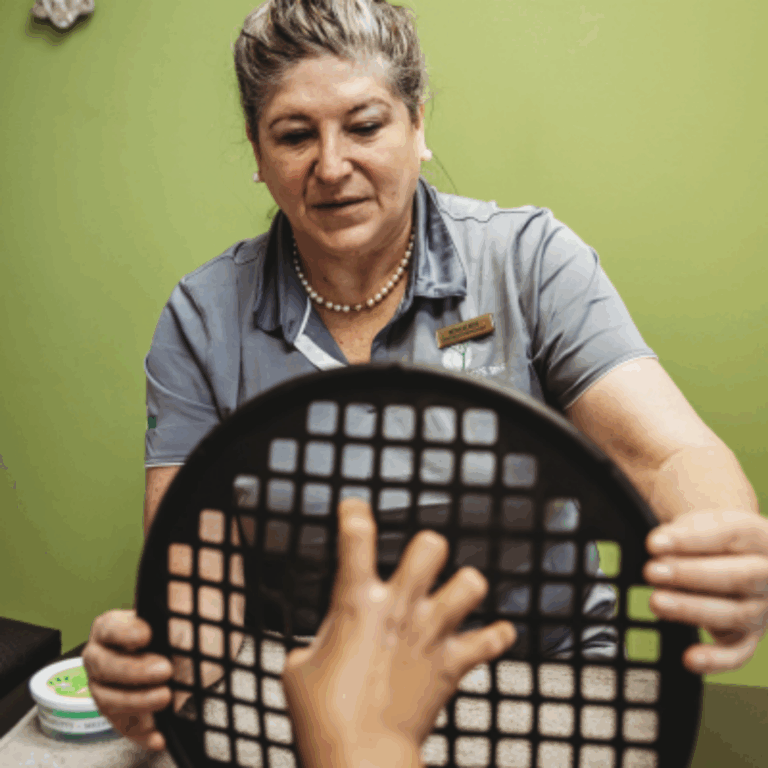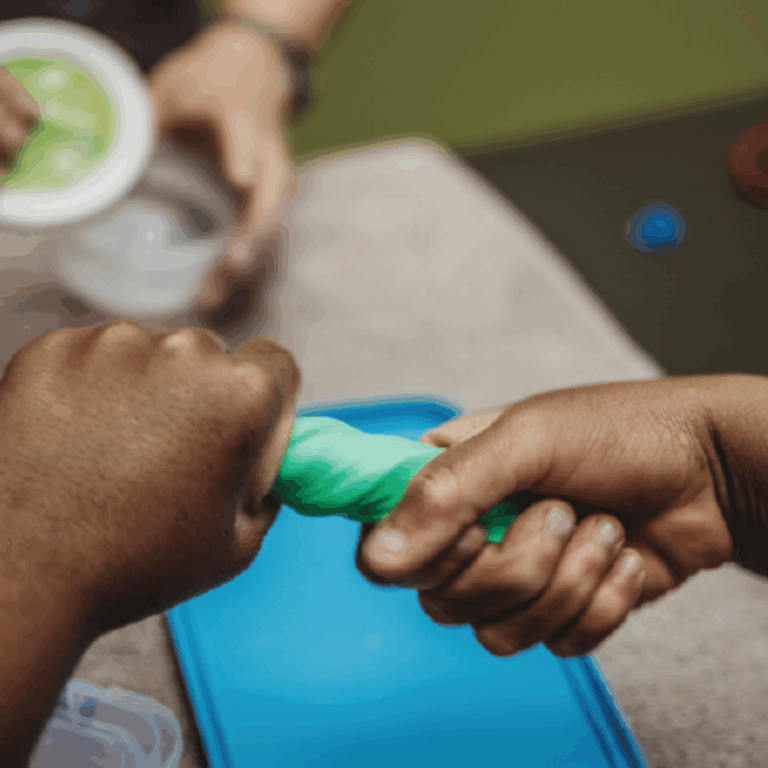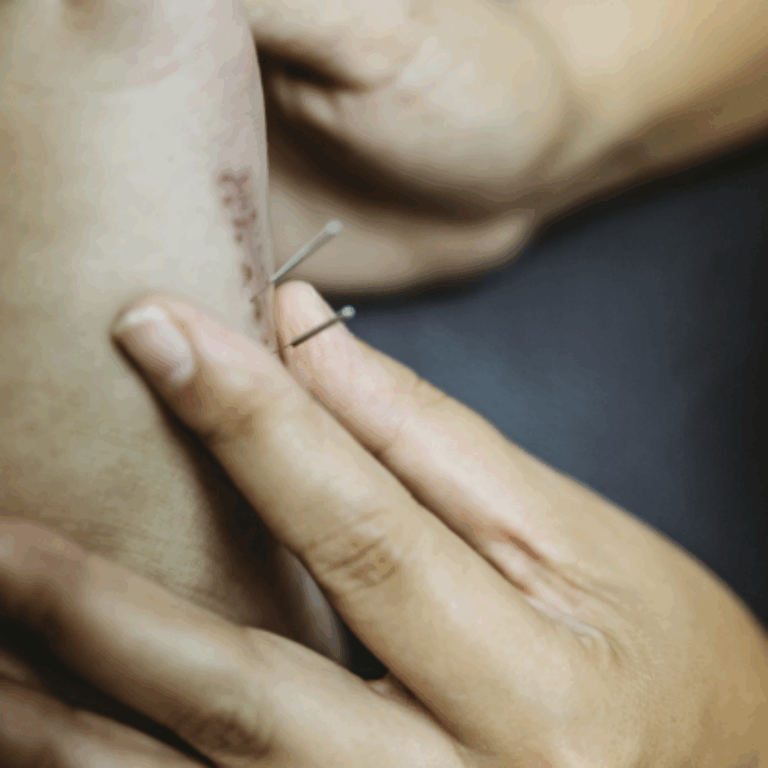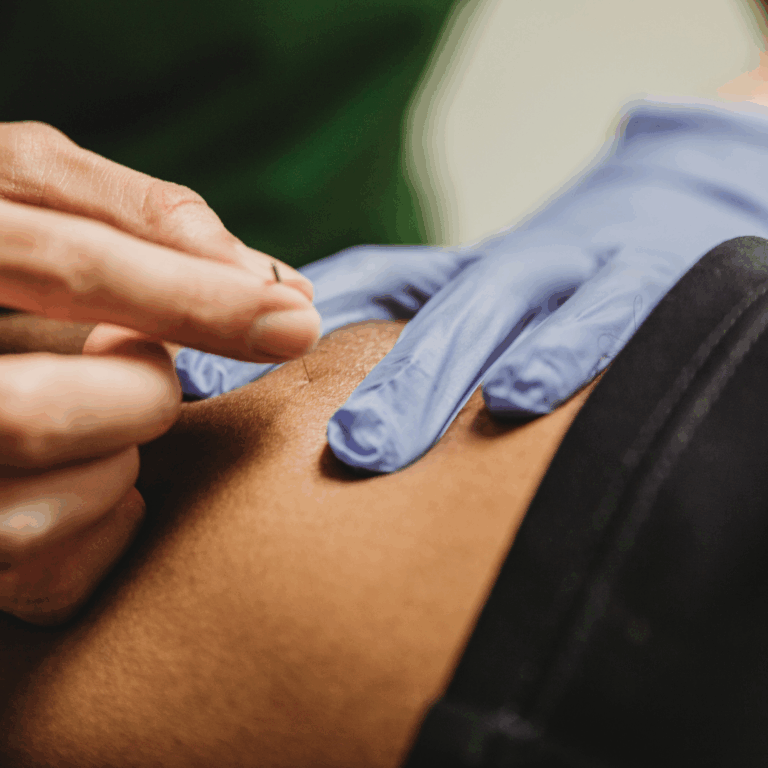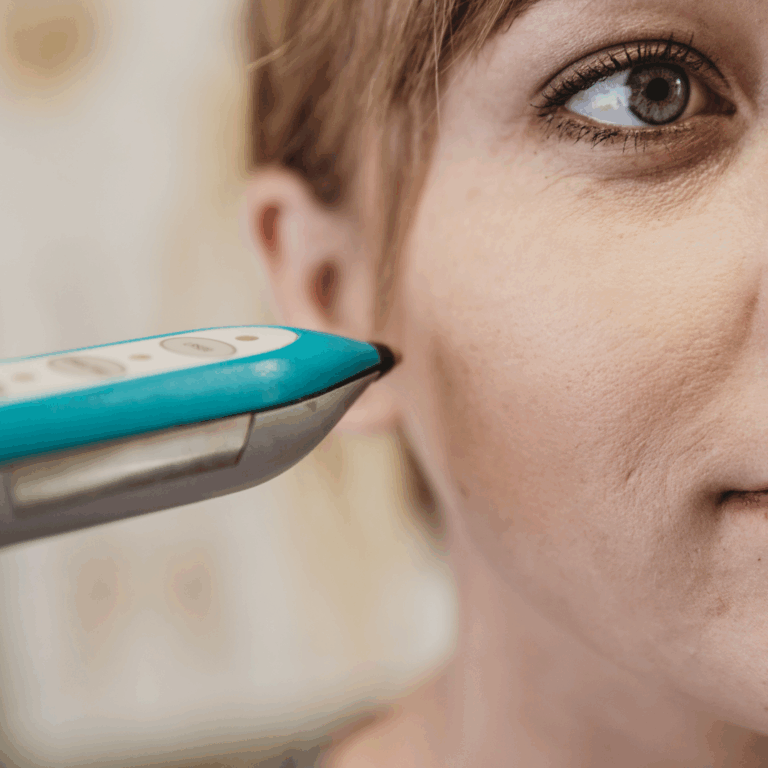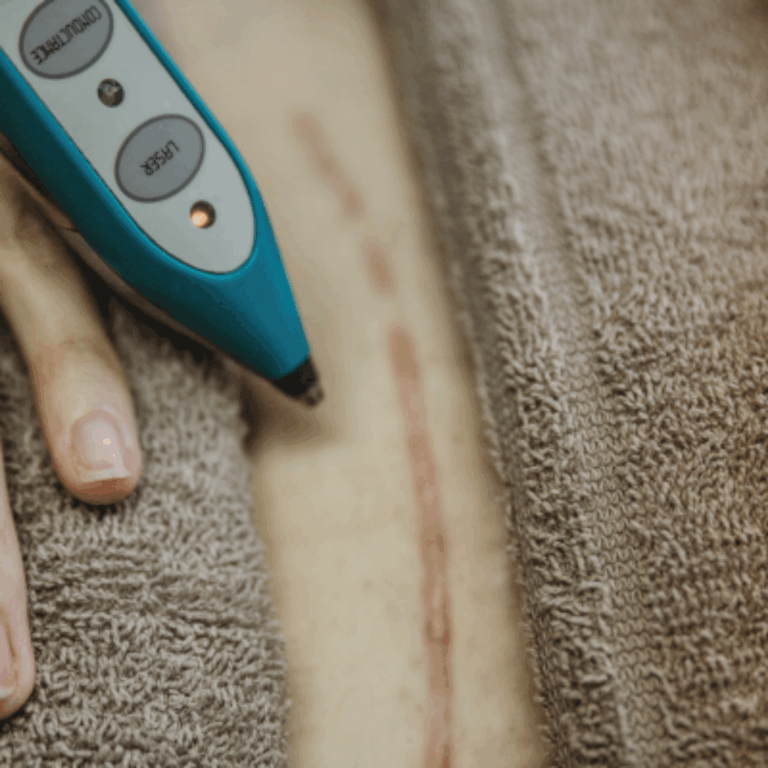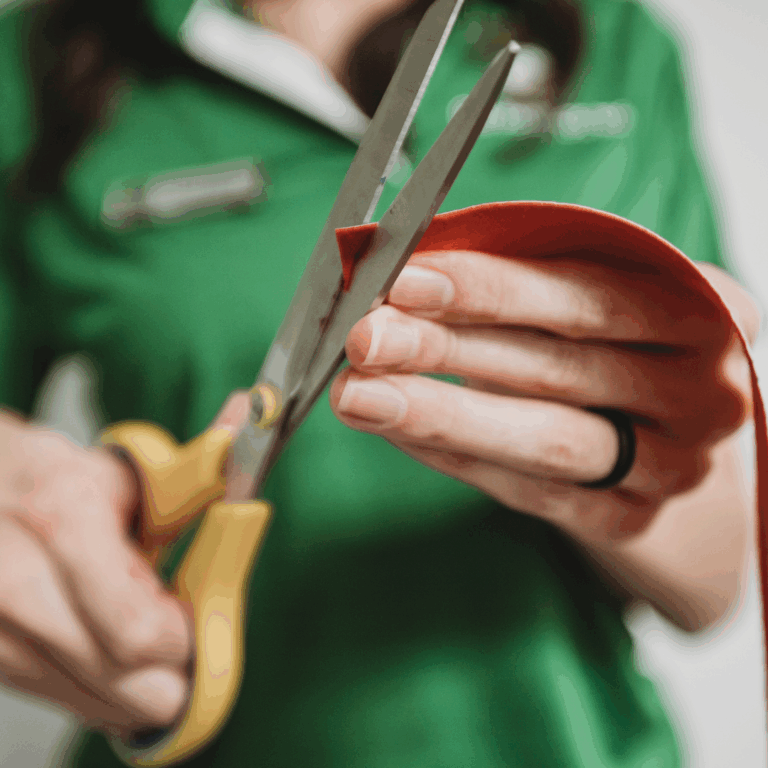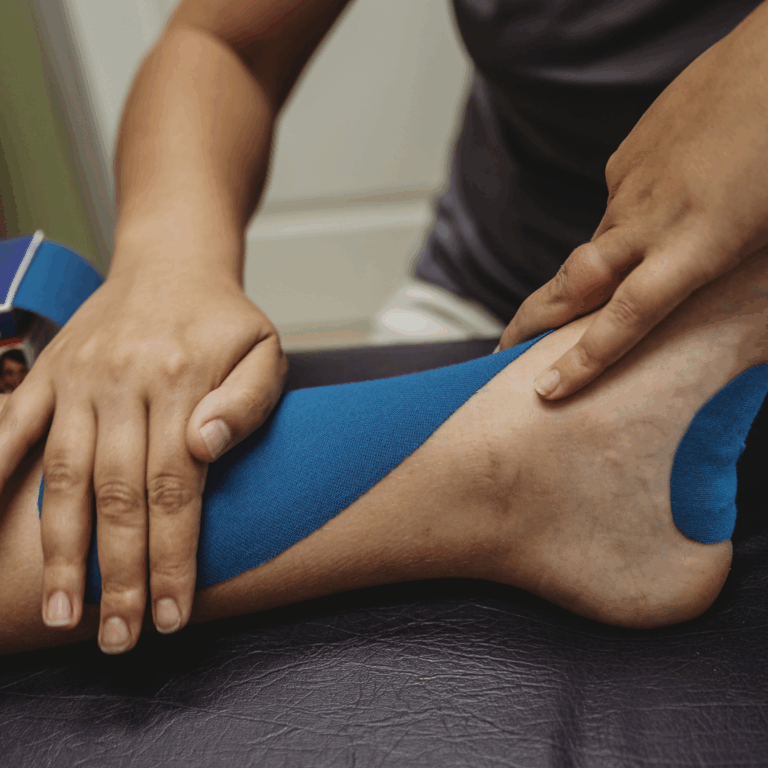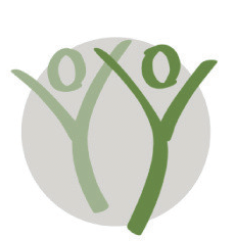Modalities in Physiotherapy
Targeted Tools to Support Your Healing Journey.
At CW Physio’s, we use a wide range of evidence-based treatment modalities to help you recover faster, reduce pain, and restore movement. These tools are always selected with your unique condition and recovery goals in mind—supporting your overall rehabilitation process.
Strapping (Taping Techniques)
We use rigid tape and kinesiology tape to provide support, enhance muscle function, and prevent further injury.
Why we strap:
- To stabilize injured joints
- To support weakened muscles during movement
- To reduce pain
- To manage swelling or oedema
- To encourage correct posture and movement
Laser Therapy
This non-invasive, pain-free modality uses therapeutic light to stimulate healing at a cellular level, while reducing inflammation and pain.
Ideal for:
- Scar tissue management
- Joint and soft tissue pain
- Ligament sprains
- Pressure ulcers or wounds
- Cracked nipples (breastfeeding-related)
- Post-extraction healing (e.g., wisdom teeth)
- Surgical incisions and deep cuts
Shockwave Therapy
This modality delivers mechanical sound waves (not electric) to target chronic soft tissue conditions that have not responded to traditional treatment.
Best for conditions such as:
- Plantar fasciitis
- Bursitis
- Tennis/Golfer’s elbow
- Patella and hamstring pain
- Rotator cuff tendinopathies and calcifications
Dry Needling
A powerful technique for relieving muscle spasms, trigger points, and inflammation, dry needling helps to reduce chronic pain and restore normal function.
Commonly used for:
- Back and neck pain
- Sciatica
- TMJ dysfunction (jaw pain)
- Headaches and migraines
- Muscle tension and spasms
- Tendonitis and joint pain
- Sinus-related pain (e.g., sinusitis)
Why Modalities Matter
Each modality is used in combination with manual therapy, exercise, and education—not in isolation. Our physiotherapists carefully select the best tools to support your recovery based on the latest clinical evidence and your individual needs.
Not sure which modality is right for you? Let us guide you. Book a consultation today.
